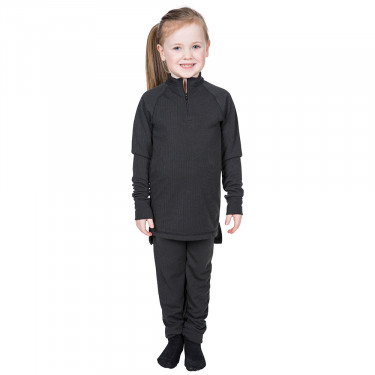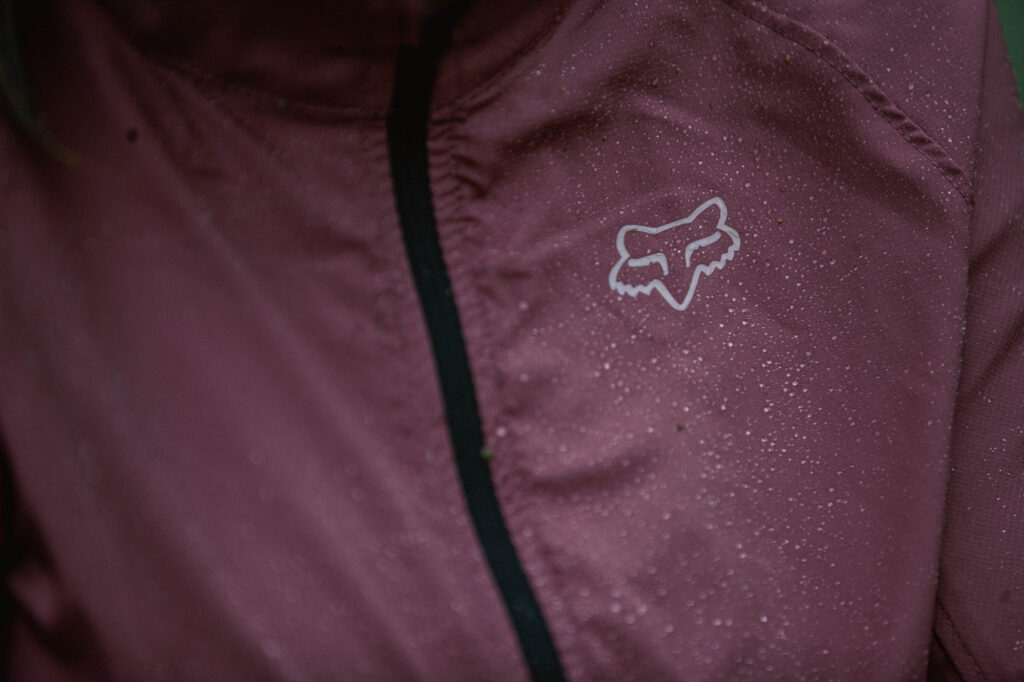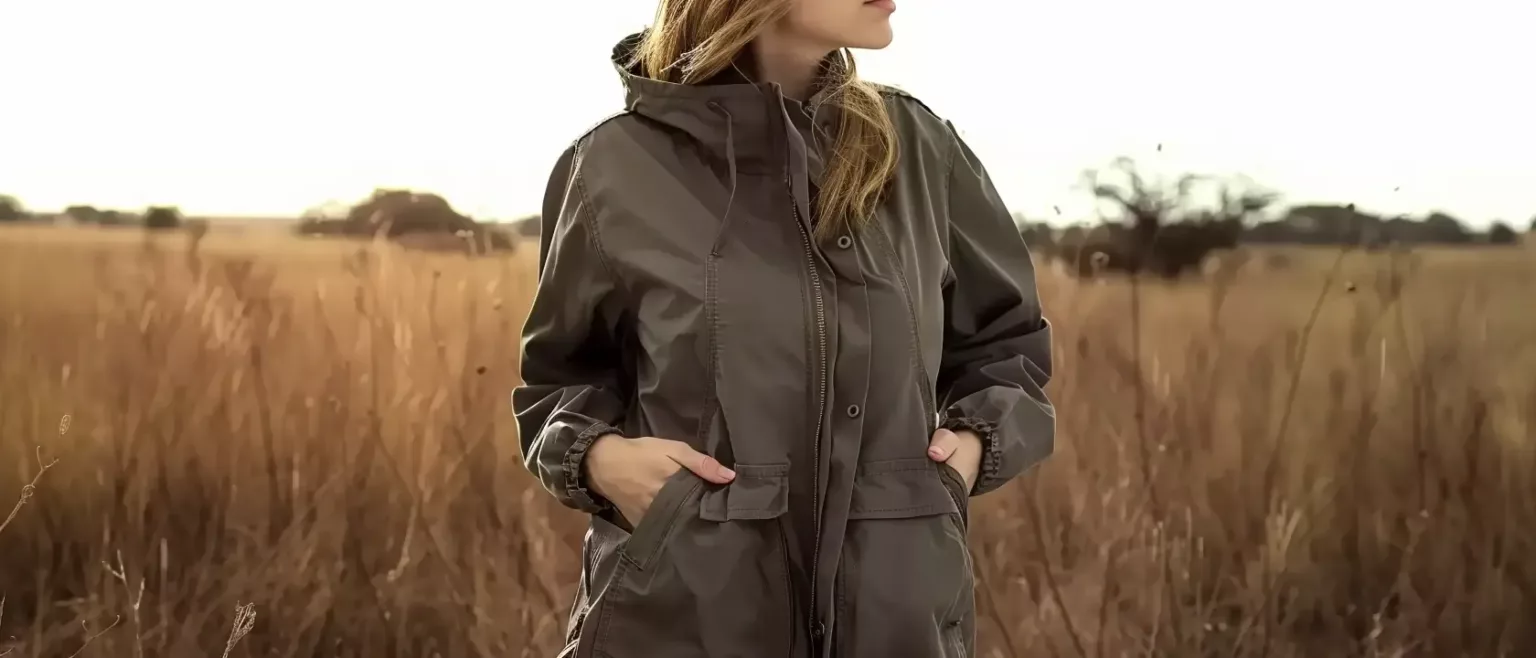Forget Bulky Coats: Layering for Maximum Warmth

Why Layering is Essential for Staying Warm
Explanation of the concept of layering for warmth
Embracing the concept of layering is key to staying warm in cold weather. By layering your clothing, you trap heat between the layers, creating insulation that keeps you cosy and comfortable. The process works by using multiple thin layers of clothing that each serve a specific purpose in retaining heat.
The innermost layer wicks away moisture from the body, the middle layers provide insulation, and the outer layer shields you from wind and rain. This combination creates a barrier that helps regulate your body temperature and keeps you warm throughout the day.
Benefits of layering compared to bulky coats
- Versatility: Layering allows you to adjust your clothing easily according to changing weather conditions. You can add or remove layers as needed, ensuring optimal comfort throughout the day.
- Mobility: Unlike bulky coats that restrict movement, layered clothing offers flexibility and freedom of movement. This is especially beneficial for outdoor activities or sports where agility is essential.
- Breathability: Layering with breathable fabrics allows for better air circulation, preventing overheating and sweat buildup. This helps regulate your body temperature and keeps you feeling fresh.
- Style: Layering gives you the opportunity to mix and match different clothing items, allowing you to showcase your personal style while staying warm. You can experiment with colours, textures, and patterns to create unique and fashionable looks.
- Weight: Layering distributes the insulation across multiple layers, reducing the overall weight compared to a single heavy coat. This lighter weight makes it easier to move around and travel without feeling weighed down.
By embracing the concept of layering, you not only stay warm and comfortable but also enjoy the flexibility, breathability, and style that comes with it. So, next time you head out in the cold, remember to layer up for warmth and practicality!

Base Layer: Choosing the Right Fabric
Materials suitable for base layers
When selecting the perfect base layer fabric, opt for materials that offer insulation and moisture-wicking properties. Look for fabrics like merino wool, polyester, or synthetic blends designed to keep you warm and dry in cold weather. These materials are breathable and quick-drying, making them ideal for the innermost layer of your clothing.
How different fabrics contribute to insulation and moisture-wicking
- Merino Wool: Known for its natural warmth and ability to regulate body temperature, merino wool is a popular choice for base layers. It wicks away moisture from the skin, keeping you dry and comfortable.
- Polyester: Polyester fabrics are lightweight and quick-drying, making them perfect for intense activities where sweat management is crucial. These fabrics provide good insulation and are easy to care for.
- Synthetic Blends: Blends of materials like spandex and nylon offer durability, stretch, and moisture-wicking properties. They are versatile and work well in diverse weather conditions.
Choosing the right fabric for your base layer is essential in maintaining your comfort and performance during cold weather. By selecting materials that offer insulation and moisture-wicking abilities, you can ensure that your layering system effectively traps heat and keeps you dry throughout the day.

Mid Layer: Adding Warmth Without Bulk
Types of mid-layers such as fleece, wool, or down
Exploring different types of mid-layers, such as fleece, wool, or down, can elevate your cold-weather outdoor experience. These materials are designed to provide additional insulation without adding unnecessary bulk, keeping you warm and comfortable throughout your adventures.
How to choose the appropriate mid-layer based on activity and temperature
When selecting a mid-layer, consider the activity you will engage in and the temperature conditions you will face. Opt for a fleece mid-layer for high-intensity activities, as it offers breathability and moisture-wicking properties.
Wool mid-layers provide excellent insulation even when wet, making them suitable for changing weather conditions. Down mid-layers are lightweight yet highly insulating, perfect for static activities or extremely cold temperatures.

Outer Layer: Protection Against the Elements
The importance of a waterproof and windproof outer layer
When it comes to facing the elements, having a waterproof and windproof outer layer is crucial. This layer acts as a shield against rain, snow, and wind, keeping you dry and protected in challenging conditions. By investing in a high-quality outer layer, you can enjoy your outdoor adventures without worrying about getting wet or cold.
Features to look for in an effective outer layer for maximum warmth
- Waterproof and breathable materials to keep you dry and comfortable
- Adjustable cuffs, hems, and hoods for a personalized fit
- Insulated options such as synthetic or down filling for added warmth
- Pockets with secure closures for storing essentials
- High-visibility details for safety in low-light conditions

Accessories: Enhancing Heat Retention
The role of accessories like hats, gloves, and scarves in maintaining warmth
When it comes to staying warm in cold weather, accessories such as hats, gloves, and scarves play a crucial role. These items act as additional layers of insulation, helping to retain body heat and keep you comfortable.
By choosing the right accessories, you can enhance the effectiveness of your outer layers and stay cosy even in the chilliest conditions.
Tips on selecting the right accessories to complement your layers
- Material: Opt for accessories made from insulating materials like wool or fleece to trap heat effectively.
- Fit: Ensure that your accessories fit snugly to prevent heat from escaping and provide maximum protection.
- Functionality: Look for features such as touchscreen-compatible fingertips on gloves or adjustable fits on hats for added convenience.
- Style: Choose accessories that not only keep you warm but also complement your overall outfit for a stylish look.
- Layering: Experiment with layering different accessories to find the right balance of warmth and comfort for varying weather conditions.

Layering Techniques for Different Activities
How to layer effectively for outdoor activities like hiking, skiing, or snowboarding
When you are gearing up for outdoor adventures like hiking, skiing, or snowboarding in cold weather, layering is key to staying warm and comfortable. Start with a moisture-wicking base layer to keep sweat away from your skin. Add an insulating mid-layer like a fleece jacket to trap body heat. Finally, top it off with a waterproof and windproof outer layer to protect you from the elements. Don't forget to accessorize with a hat, gloves, and scarves for extra warmth.
Adapting your layering strategy based on the level of physical exertion
- Low Intensity: If you are engaging in low-intensity activities like walking or ice fishing, opt for fewer but thicker layers to retain heat without overheating.
- Medium Intensity: For activities like hiking or skiing at a moderate pace, choose a breathable base layer, a lightweight insulating mid-layer, and a shell that allows for ventilation.
- High Intensity: When participating in high-intensity activities such as running or snowboarding, focus on moisture-wicking fabrics for your base layer, lightweight and breathable mid-layers, and a shell that offers both protection and ventilation.

Transitioning Between Indoor and Outdoor Environments
Strategies for adjusting layers when moving between heated indoor spaces and cold outdoor environments
As you transition between indoor and outdoor environments, it's important to be prepared to adjust your layers accordingly to stay comfortable and warm. When moving from a heated indoor space to the cold outdoors, consider removing a layer or two to prevent overheating.
You can quickly add these layers back on once you're outside. Make sure to have breathable fabrics to prevent sweating excessively when moving between temperature extremes.
Maintaining comfort and warmth during transitions
- Layer up Smartly: Be proactive in adjusting your layers to maintain a comfortable body temperature. Don't hesitate to add or remove layers as needed to adapt to changing environments swiftly.
- Accessories Matter: Keep essential accessories like hats, gloves, and scarves handy to add an extra layer of warmth during transitions. These items can make a significant difference in maintaining your comfort level.
- Stay Active: Keep moving to generate body heat. Physical activity can help you stay warm during transitions and can also prevent feeling cold when moving between environments.

Styling Tips: Fashionable Layering for Winter
How to achieve a stylish look while layering for warmth
When transitioning between indoor and outdoor environments, the key is maintaining comfort and style. By layering strategically, you can stay warm while looking fashionable. Adjust your layers to ensure you feel your best in any setting. Don't be afraid to mix and match different pieces to create a unique and trendy outfit.
Incorporating different textures and colours for a fashionable winter ensemble
Adding variety in textures and colours to your layered outfit can elevate your winter look. Consider pairing a chunky knit sweater with a sleek puffer jacket for a contrasting texture combination. Experiment with bold colours or patterns to make a statement while staying cosy. Accessories like a colorful beanie or patterned scarf can add a fun touch to your ensemble.

